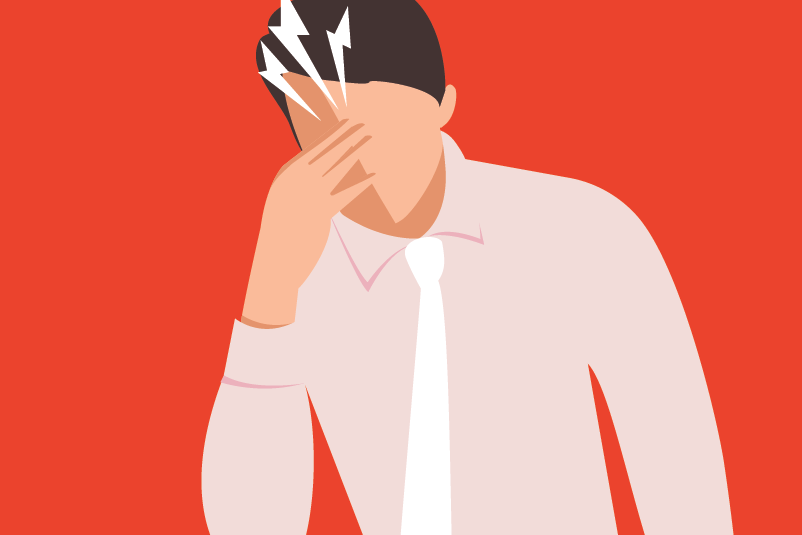#296 Frequent migraines are a headache: Can biologics help?

Reading Tools for Practice Article can earn you MainPro+ Credits
Join NowAlready a CFPCLearn Member? Log in
- Results statistically significant unless otherwise stated. Studies in episodic and chronic migraines.
- Erenumab (Aimovig®) 70-140mg subcutaneously monthly versus placebo:
- 1 systematic review [5 randomized controlled trials (RCTs), 2928 patients, 9-18 monthly migraine days, 84% female, mean 41 years old, duration 12 weeks].1
- Achieving at least 50% reduction in monthly migraine days:
- 70mg dose: 42% versus 27% (placebo) [number needed to treat (NNT)=7].
- 140mg dose: 40% versus 21% (placebo) (NNT=5).
- Reduction of monthly migraines: 1.5-2.0 days.
- Achieving at least 50% reduction in monthly migraine days:
- 1 systematic review [5 randomized controlled trials (RCTs), 2928 patients, 9-18 monthly migraine days, 84% female, mean 41 years old, duration 12 weeks].1
- Galcanezumab (Emgality®) 120-240mg subcutaneously monthly versus placebo:
- 1 systematic review (3 RCTs, 2886 patients, 9-19 monthly migraine days, 85% female, mean ~41 years old, duration 12-24 weeks).2
- Achieving at least a 50% reduction in monthly migraine days:
- 41% versus 26% (placebo) (NNT=7).
- Reduction of monthly migraines: 1.9 days.
- Achieving at least a 50% reduction in monthly migraine days:
- 1 systematic review (3 RCTs, 2886 patients, 9-19 monthly migraine days, 85% female, mean ~41 years old, duration 12-24 weeks).2
- Fremanezumab (Ajovy®) 675mg subcutaneously every 3 months versus placebo:
- 5 RCT (3379 patients, ~16 monthly migraine days, mean 41 years old).3
- Achieving at least 50% reduction in monthly migraine days:
- 41% versus 19% (placebo) (NNT=5).
- Reduction of monthly migraines: 2.2 days.
- Achieving at least 50% reduction in monthly migraine days:
- 5 RCT (3379 patients, ~16 monthly migraine days, mean 41 years old).3
- Other systematic reviews found similar.4-6
- Adverse events: No difference except for injection site pain (11% versus 8.1% placebo).1,2,4,7
- Limitations: Short duration studies (12-24 weeks) for a chronic condition. Sustained efficacy and long-term safety unknown. Trials often excluded patients who failed more than 2-3 medication groups. Majority RCTs industry sponsored.
- Erenumab (Aimovig®) 70-140mg subcutaneously monthly versus placebo:
- Other medications with evidence of benefit:
- Achieving >50% reduction in monthly migraine days: Propranolol (NNT=4)8, tricyclic antidepressants (NNT=5).9
- Headache frequency reduction over placebo: Candesartan (~1.5 days), topiramate (~1 day).8,10
- Cost for CGRP-inhibitors in Canada is ~$7000/year.11
- Guidelines12,13 recommend a trial of at least 2 oral agents prior to CGRP-inhibitors.







 Complete Activity
Complete Activity
less costly alternatives as effective
Good update
Good alternative to treating migraines if first line treatments not working